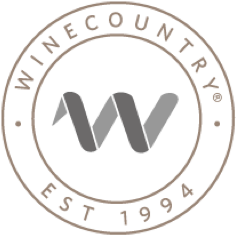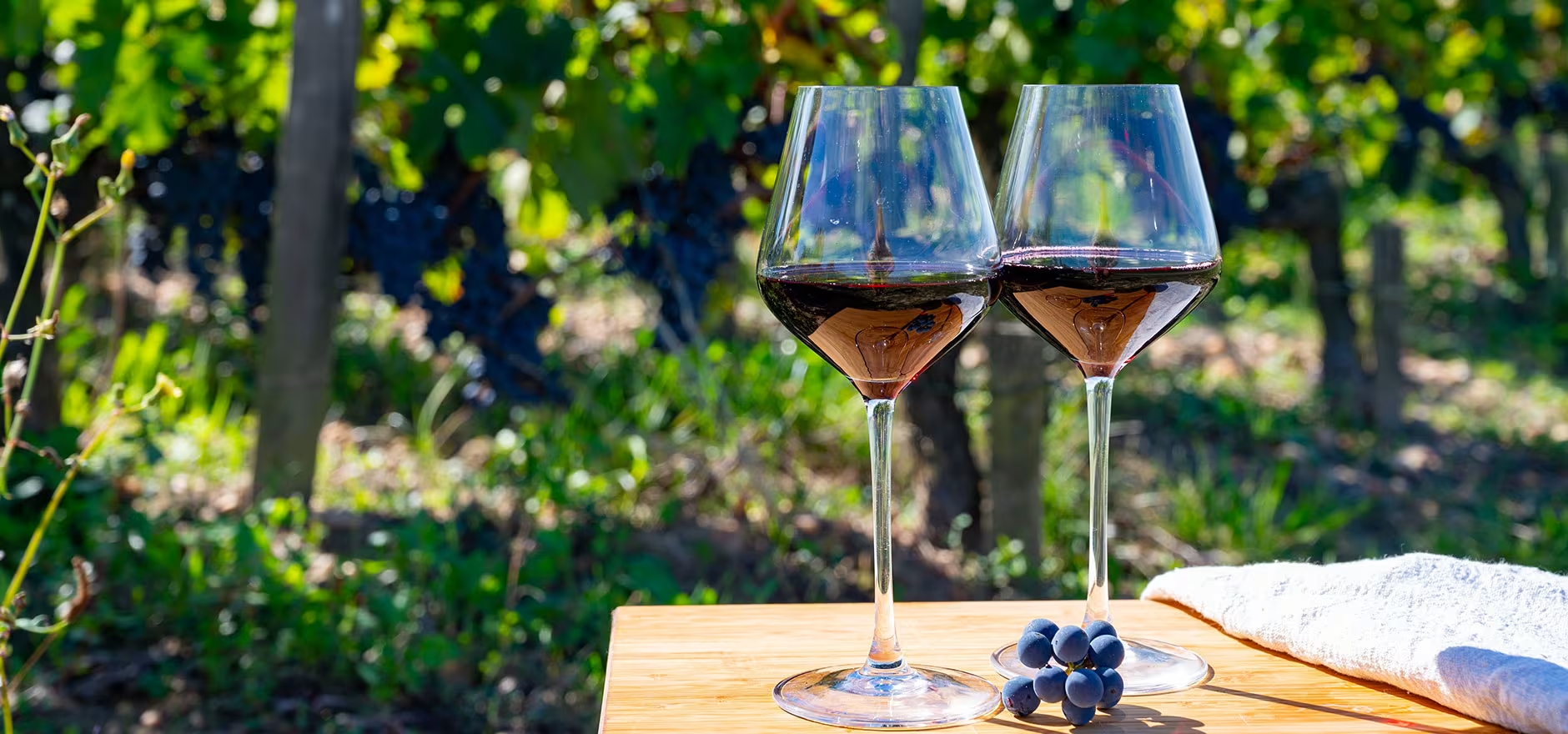Proprietary Name or Fanciful Name
The proprietary or fanciful name is a marketing tool named and owned by the brand to develop a following for a particular wine. It is not a mandatory part of the label. Remember the names Blue Nun, Emerald Dry, or Mateus? In the U.S. there is also “Meritage,” a licensed name used by Meritage Alliance members to promote their proprietary blends.
Vintage
The vintage is the harvest year of the grapes, not the bottling year. In the Napa Valley AVA or its sub-appellations, 95% of the grapes have to be of the vintage year listed.
Wine Class or Varietal Name
The label can state an official TTB wine class designation like “Red Wine,” “White Wine,” or “Sparkling Wine.” It can also use “Table Wine” for a still grape wine or the predominant grape variety name like cabernet sauvignon. As a rule, wine labeled using a grape variety must be at least 75% by volume in the bottle of the specified grape and the varietal listed on a label must also be an approved grape name by the TTB. There also needs to be an appellation of origin appearing along with it, as all of the grapes of that grape varietal listed had to have been grown in that specific appellation. In the U.S., these “Table Wines” can’t be more than 14% alcohol by volume (ABV), a classification used solely for determining the tax class by TTB.
Appellation
This is the viticulture area where the grapes are grown. Some labels go as far as to name a specific vineyard. If using the Napa Valley AVA or one of its sub-appellations, 100% of the grapes must be from the Napa Valley AVA.
Vineyard
Listing the vineyard is an optional designation that many wineries use to impart a standard of high-quality grapes. If the name of the vineyard is used on the label, 95% of the grapes have to be from that specific vineyard.
Estate Bottled
This is optional on wine bottle labels. If the term “Estate Bottled” is used, it means that 100% of the grapes were grown in vineyards that the estate owns or manages. The vineyard and the winery must be located within the AVA on the bottle. The grapes must be harvested, crushed, fermented, aged, and bottled at the winery, never leaving the property in the process.
Special Designation
The term “Reserve” may be considered by wine drinkers as a special designation denoting a high-end wine, but the truth is, it has no legal meaning in the U.S. It can convey a special bottling by the winemaker, but it is only a marketing tool to appeal to the consumer.
Alcohol Content
This is required by law on the label which divides tax classes on alcohol by the TTB. All wines must be at less than 14% alcohol by volume. However, a wine labeled “Table Wine” does not need the alcohol content on the label as it is specifically classified by the table wine designation to be 14% or less. Alcohol can be shown on the front or back label.














